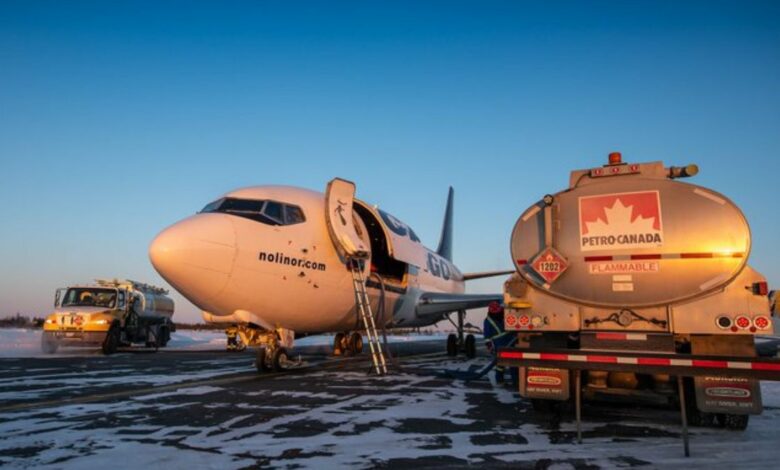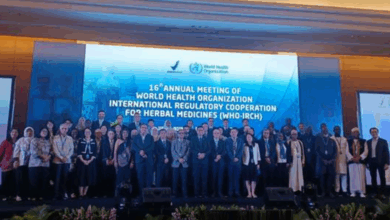Centre issues guidelines to Ensure Safety in Transportation of Dangerous Goods

The guidelines to set a new benchmark for the safe handling and transportation of hazardous materials across the country
The Bureau of Indian Standards (BIS), the National Standards Body of India, has recently published new guidelines aimed at enhancing safety in the transportation of dangerous goods.
The guidelines, known as ‘IS 18149:2023 – Transportation of Dangerous Goods — Guidelines’, have been formulated under the Transport Services Sectional Committee, SSD 01, of BIS, and are expected to set a new benchmark for the safe handling and transportation of hazardous materials across the country.
With the aim of standardizing transportation practices, the BIS guidelines will help ensure that hazardous goods are transported in a safe and secure manner, reducing the risk of accidents and potential harm to people and the environment.
Dangerous goods are substances and articles that have explosive, flammable, toxic, infectious or corrosive properties and pose a risk to public safety, property and the environment. The transportation of these goods involves the implementation of adequate measures to ensure their transit in total security and safety.
While the transportation of hazardous goods may be by land, sea, waterways, rail or even by air, the sensitivity and risk factors involved in the process require specific precautions to be taken. These include meticulous packaging and conditioning, specific handling operations during transportation and training and development for persons engaged in the transportation and handling of this category of goods.
Further, the IS 18149:2023, provides guidelines on classification, packaging, labelling and marking, handling, documentation, the role of stakeholders, training, transportation, emergency action and provisions for segregation. The dangerous goods referred to in the standard include explosives, gases, flammable liquids, flammable solids, oxidizing substances and organic peroxides, poisonous and infectious substances, radioactive substances, corrosive substances and other miscellaneous dangerous substances.
This standard is formulated to provide guidelines for all the stakeholders including vehicle owners/transport agencies, contractors, consignors, consignees, operators and drivers carrying dangerous goods/substances for the safe transportation of dangerous goods.
Disclaimer: This is an official press release by PIB.








